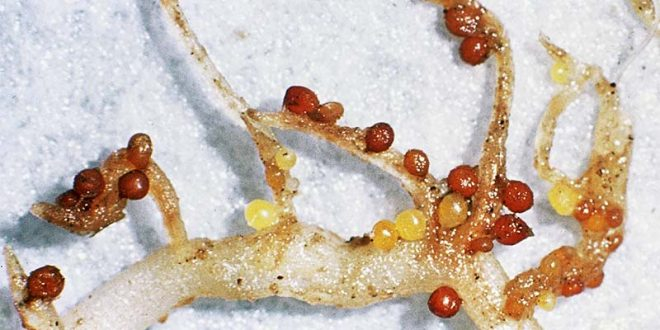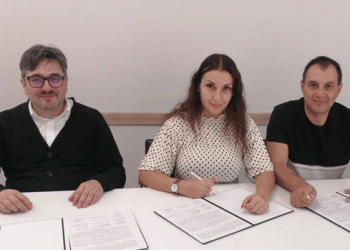A research team led by the University of Idaho (U of I) has been given a USD6.8m USDA grant to create novel diagnostic tools, management techniques, and technologies for potato cyst nematode control.
The project’s objectives include generating “smart chemicals” for nematode-specific control, constructing support models to direct growers’ management choices, finding molecular tests to distinguish nematode pathotypes, and developing resistant potato varieties.
The pale cyst nematode, which is only known to exist in a limited area of eastern Idaho in the U.S., and the golden nematode, which is located in New York, are the two kinds of potato cyst nematodes that the researchers will focus on. Keeping potato cyst nematodes from spreading is essential for commerce because they create cysts containing eggs that can survive for decades without a host. This poses a particular threat to the sector.
In addition, the group will assess additional nematodes crucial to the sector, including the Columbia and northern root-knot worms.
Detecting Nematodes by Pathotype or Race
The nematode population thresholds that call for fumigation have not received much attention yet. To choose the best resistant kinds to plant, potato producers would need to be able to detect nematodes by pathotype or race. The litchi tomato, a plant in the nightshade family known to encourage nematode cysts to hatch in the absence of a viable host, is the target of the researchers’ hunt for a gene responsible for worm resistance. The characteristic would subsequently be incorporated via biotechnology into well-known potato types by potato breeders. There are also ongoing conventional breeding initiatives to create resistant types.
Researchers have developed potato varieties with up to 50% resistance to nematodes. The project aims to significantly boost the resistance level by producing varieties that incorporate multiple resistance genes.
The study team will assess how nematode populations are impacted by crop rotations that include resistant potato types. The scientists will carry out their tests in contaminated industrial fields. To find the most effective rotation to lower the nematode populations, they will test nematode-infected soil in 50-gallon steel tanks and 5-gallon buckets put inside an afflicted field. Nylon mesh bags will be used to contain nematodes, and irrigation water will be filtered to stop escapes. Golden worm study will occur in trial fields that have already been set up in New York for nematode research.
In the third year of the project, they will hold workshops to teach farmers about resistant cultivars and rotations and to provide training on diagnostic tools to determine the race or pathotype of a nematode species. This will assist the industry put its discoveries into practice. They will also conduct seminars in the fourth year to instruct farmers on how to use diagnostic and predictive tools to inform management choices.
Louise-Marie Dandurand, with U of I’s Department of Entomology, Plant Pathology, and Nematology, heads the project, titled “PAPAS: Potatoes and Pests, Actionable Science Against Nematodes.”
Joseph Kuhl, with U of I’s Department of Plant Sciences, and Philip Watson, with U of I’s Department of Agricultural Economics and Rural Sociology, are co-project directors, along with researchers from Michigan State University, Washington State University, and USDA’s Agricultural Research Service.
U of I researchers Allan Caplan, Fangming Xiao, and Rhett Spear are among the principal investigators. Researchers from Washington State University, Cornell University, Oregon State University, Michigan State University, University of Wisconsin, and USDA-ARS are also participating.
The Specialty Crop Research Initiative of the USDA National Institute of Food and Agriculture is responsible for funding the four-year study.
A source: https://www.potatobusiness.com








